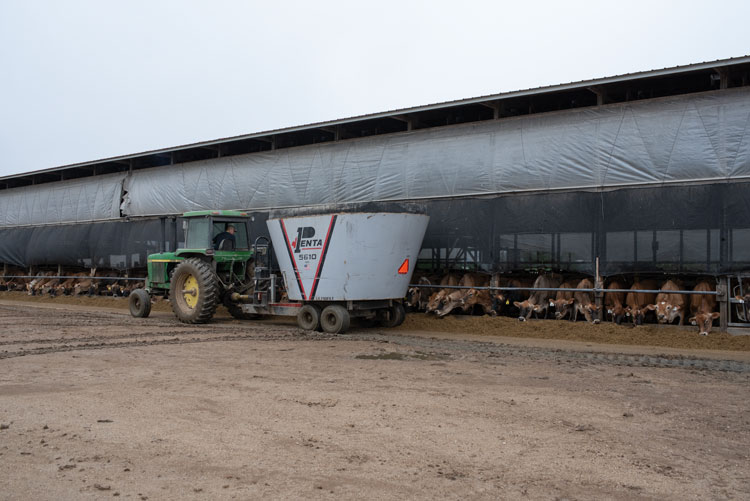
There are many tools and practices a dairy farm can lean on to ensure the herd gets what it needs from the ration. Monitoring production as well as body weight and body condition, grouping cows and stocking pens appropriately, and taking regular feed samples are all best practices for getting the most return on the time and money a farm invests in its feed.
Still, some areas may fall short. That’s when a feed additive can be a worthwhile consideration.
“They have a function to correct a ration imbalance, mitigate underperforming management, or magnify a productive response,” said Betsy Hicks during a Cornell Cooperative Extension webinar.
That doesn’t mean that any product we throw at a problem will solve it or be a good decision, though, advised the extension dairy management specialist. She explained a list of factors to evaluate to determine if a feed additive is creating a return on the investment you made. The “4 Rs” developed by the University of Illinois’ Mike Hutjens are:
- Response: How does the product work? Equally important is, will it work on your farm? Consider what the additive is designed to target (perhaps milk production, components, or transition disease) and if that is something your cows have the capacity to respond to.
- Return: Aim for a benefit-to-cost ratio of 2-to-1, Hicks said. That means you are bringing in $2 for every $1 you invest in the product, which could be in greater production, less disease, or another area.
- Research: Make sure the product’s claims are based on impactful and unbiased results. “Not all additives have good research, and not all research is unbiased,” Hicks said.
- Results: If you are using an additive, maintain and evaluate complete records of how it may be impacting your herd to ensure there haven’t been unintended consequences.
Additionally, Hicks noted a fifth “R” that her colleague Margaret Quaassdorff puts on the list. That is right timing. Is the product relevant for your farm’s needs now? For example, if silage face management is already top-notch, it is probably not worth it to invest in a stabilizer additive. But if face management is lacking, it could be a good decision.
Paired with attention to feeding management practices, feed additives can help a farm make the most of the feed they have. When sorting through the slew of options that exist, keeping these factors in mind will make a difference in finding a solution that pays off for the farm and the cows.








